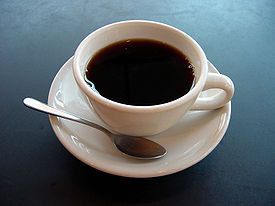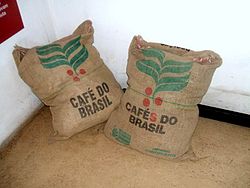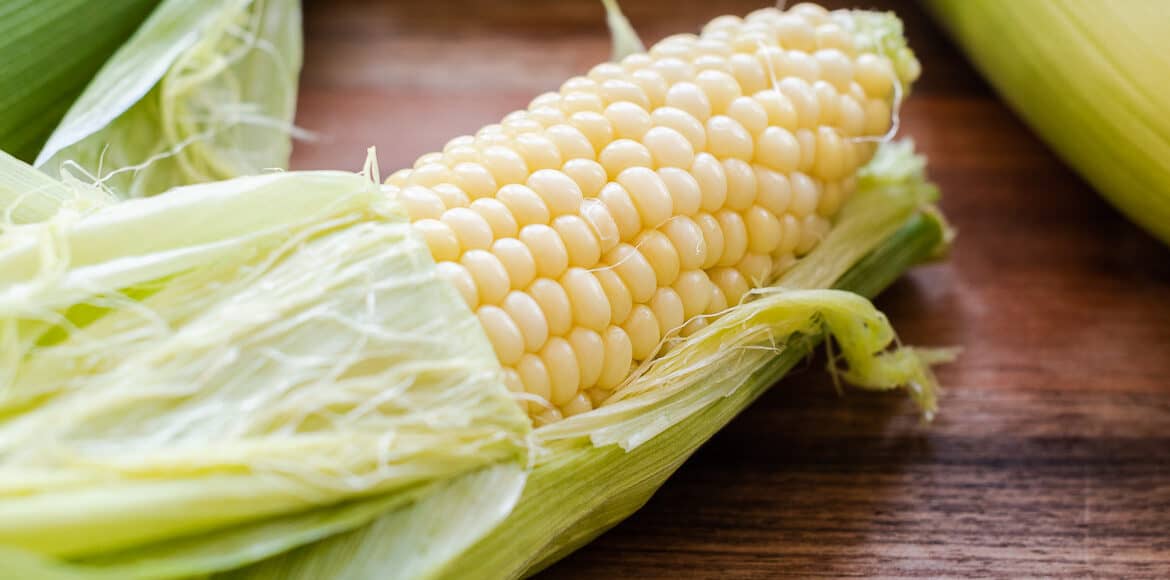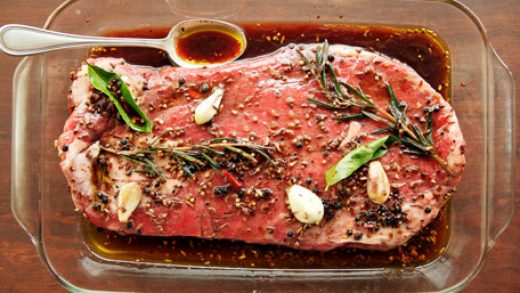Like lots of Americans, I really like my morning coffee. But it was an acquired taste. It was bitter and nasty. When I got to college, it became a lifeline for those long nights of study and… well, other things. The coffee world has exploded. So, let’s take a look at this culturally important beverage.
From Ethiopia To The World
Coffee originated in Northeastern Africa around Ethiopia. It spread into the Arab world and then around the Mediterranean and into Europe. It is now grown in over 70 countries around the world. The plant is a type of evergreen bush that produces green seed pods slightly larger than most grapes. As the pod ripens, it turns a bright red, which gave the pod its name: cherry. Inside the cherry is the seed, which is usually called a coffee bean.
There are two kinds of coffee beans: Arabica and Robusta. Arabica is considered the higher quality and grows in higher altitudes of equatorial regions of the world. It is considered to have better flavor but less body than the more common Robusta. The latter is a hardier species of coffee and grows at lower altitudes. Naturally, Arabica coffee is more expensive. Robusta is usually used for pre-ground coffees, like commercial supermarket brands, and decaffeinated coffee. The reason decaffeinated coffee uses the less expensive Robusta beans is that coffee companies know people won’t pay more for something that has less in it. The process that removes the caffeine adds cost to the processing of the beans. Sometimes both varieties are used to get a particular flavor profile. Arabica beans are grown in Northeastern Africa and Central and South America from Mexico to Columbia to Peru. Robusta is grown throughout Southeast Asia, central Africa, and Brazil.
Coffee Is Like Wine Grapes, Soil Is Everything
Where the coffee is grown has a big impact on the flavor. Altitude, rainfall, heat, insects, and other crops all affect the taste. Some of the most desirable coffees are grown in places like Hawaii, Jamaica, Columbia, and Sumatra. Brazil grows the most coffee, followed by Vietnam, Columbia, and Indonesia. The ideal coffee growing conditions are bushes in the shade of larger trees. These produce lower yields but superior-tasting coffee. In addition, traditional coffee growing methods give shelter to animals and other plants, making the crop more environmentally friendly and sustainable. Because of demand, more and more coffee is being produced in open areas with the aid of chemical fertilizer.





